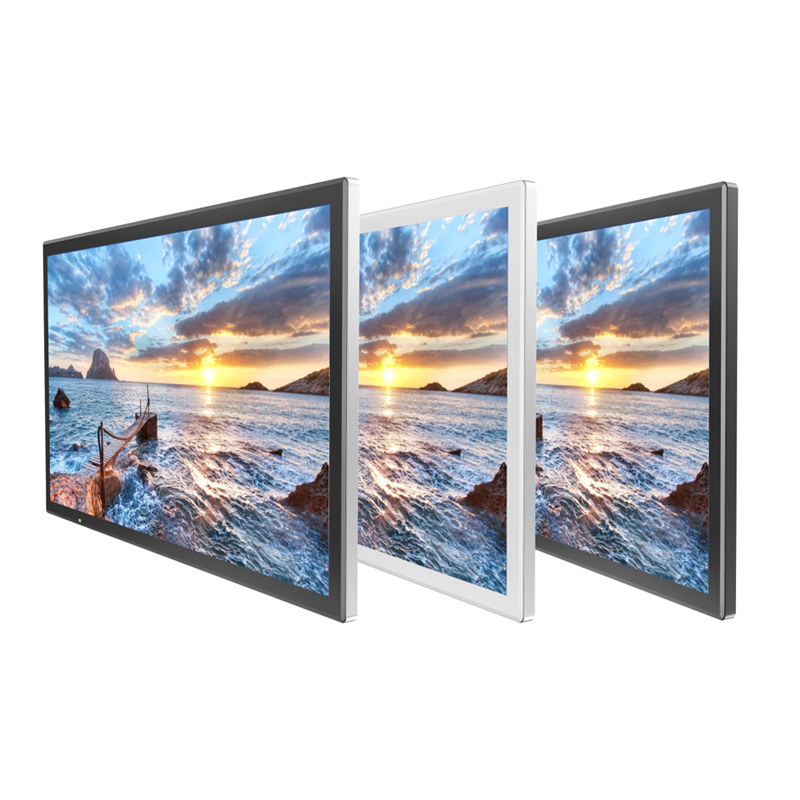Exploring the Variety: Different Types of Digital Signage and Displays Available in the Market
2024-05-23
Digital signage and displays have become integral tools for businesses and organizations seeking to enhance communication, engage customers, and elevate their brand presence. The market offers a wide array of digital signage solutions, each tailored to specific needs and environments. In this blog, we will explore the different types of digital signage and displays available, highlighting their unique features and ideal applications.
1. Indoor Digital Signage
LCD Displays
Features:
- High resolution and bright displays
- Ideal for indoor environments with controlled lighting
- Cost-effective and widely available
Applications:
- Retail stores for promotions and product information
- Corporate offices for internal communication
- Educational institutions for announcements and schedules
LED Displays
Features:
- Bright and vibrant with high contrast
- Suitable for both text and video content
- Long lifespan and energy-efficient
Applications:
- Retail environments for eye-catching advertisements
- Transportation hubs for schedules and announcements
- Hospitality venues for menus and event information
Interactive Touchscreens
Features:
- Touch-sensitive surface for user interaction
- Supports multitouch for simultaneous users
- Can be integrated with various software applications
Applications:
- Information kiosks in malls and museums
- Self-service check-in at hotels and airports
- Interactive product catalogs in retail stores
2. Outdoor Digital Signage
Outdoor LED Displays
Features:
- Weather-resistant and durable
- High brightness for visibility in daylight
- Suitable for large-scale displays
Applications:
- Billboards for advertising along highways and city streets
- Stadiums and arenas for live event coverage
- Public transportation stations for real-time information
Digital Menu Boards
Features:
- High brightness and weatherproof designs
- Easily updated remotely
- Can display dynamic and static content
Applications:
- Drive-thru restaurants for menus and promotions
- Outdoor event venues for schedules and directions
- Retail outlets for outdoor advertising
Transparent LED Displays
Features:
- Transparent screens that blend with surroundings
- Allows natural light to pass through
- High resolution and bright images
Applications:
- Storefront windows for advertising without blocking the view
- Museums and galleries for interactive exhibits
- Corporate offices for modern, aesthetic displays
3. Video Walls
LCD Video Walls
Features:
- Comprised of multiple LCD panels
- Thin bezels for minimal interruption between screens
- High resolution and excellent color accuracy
Applications:
- Control rooms for monitoring and surveillance
- Conference centers for presentations and events
- Retail stores for immersive brand experiences
LED Video Walls
Features:
- Seamless display with no visible gaps
- Suitable for high ambient light environments
- Modular design for various sizes and shapes
Applications:
- Concerts and large events for live feeds
- Corporate lobbies for impactful brand statements
- Public spaces for art installations and information
4. Interactive Kiosks
Self-Service Kiosks
Features:
- Touchscreen interface for user interaction
- Can include payment processing and barcode scanning
- Durable and secure for public use
Applications:
- Airports for self-check-in and ticketing
- Hospitals for patient check-in and information
- Retail stores for self-checkout and product lookup
Wayfinding Kiosks
Features:
- Interactive maps and directories
- Real-time navigation assistance
- Accessible features for all users
Applications:
- Large campuses and corporate buildings
- Shopping malls for store directories
- Event venues for schedule and location information
Conclusion
The diverse range of digital signage and displays available in the market provides businesses and organizations with numerous options to enhance their communication strategies. From indoor LCD and LED displays to interactive touchscreens and outdoor digital billboards, each type of digital signage offers unique features and benefits tailored to specific environments and applications. By understanding the various types and their capabilities, businesses can select the most appropriate digital signage solutions to meet their goals and effectively engage their audiences. As technology continues to advance, the possibilities for digital signage will expand, offering even more innovative ways to captivate and inform.



